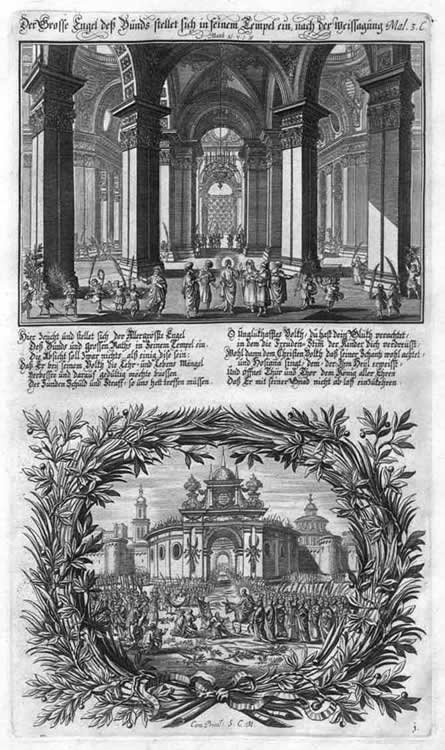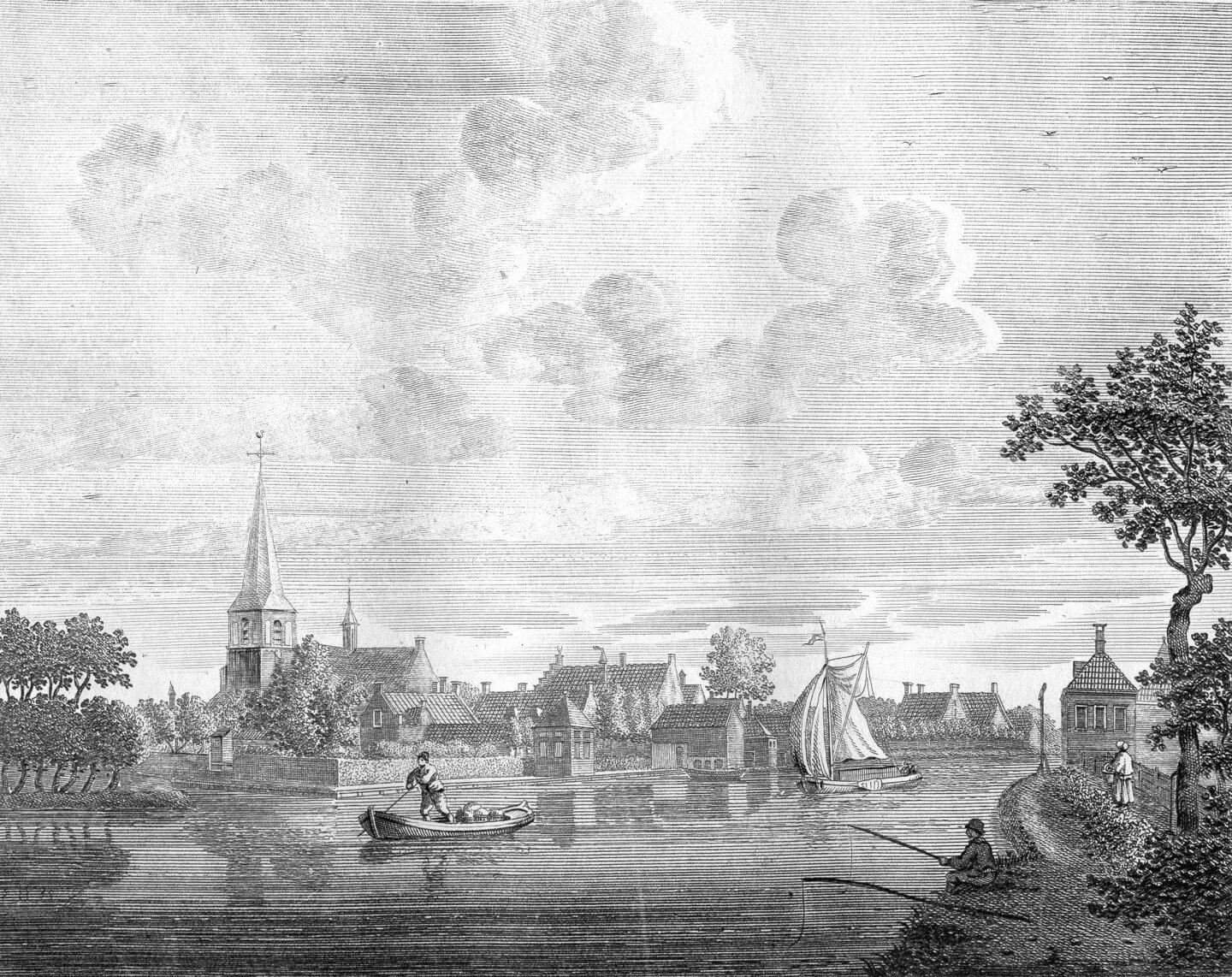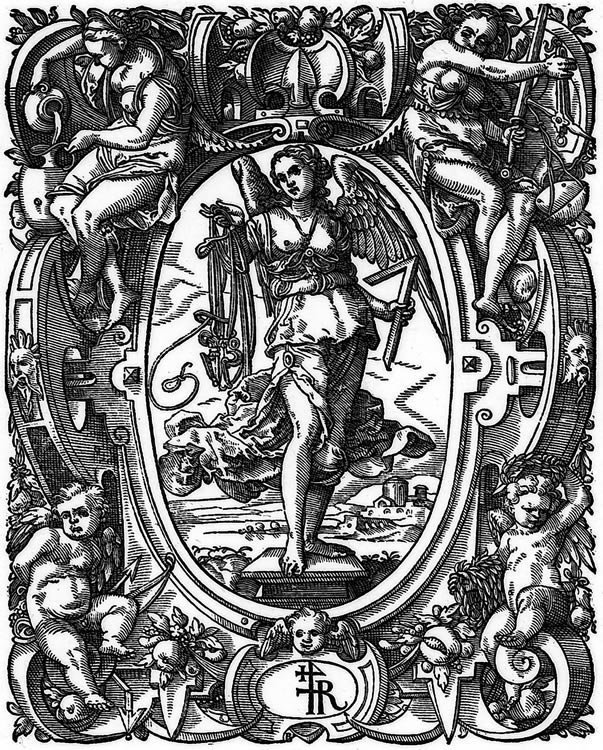
Johann Ulrich Kraus (1655 Augsburg - 1719 Augsburg), engraver and publisher Johann Ulrich Kraus was born to a widely dispersed family of artists and artisans. He was the son of the carpenter Ulrich Kraus and received initial training in carpentry from him. In 1671 his father was unsuccessful in his application for permission that his 16 year-old son should work as an independently trained woodcutter. Instead Kraus enrolled as an apprentice to the engraver Melchior Küsel, himself a student and son in law of Merian.
Following the apprenticeship, Kraus spent some years in Vienna before returning to his home town Augsburg where in 1685 he married Johanna Sibylla Küsel, eldest daughter of his master who had died the previous year (1683/4) Shortly thereafter, Kraus took over Küsel's publishing business. In 1687 Johann Ulrich Kraus published his first work: a reproduction of the Tapisseries du roy, which had first been published in Paris in 1679. They were etched by his wife Johanna Sibylla, who had also been trained by her father. Biblische Engel- und Kunstwerk followed in 1694 and led the way for a whole series of religious books for which Kraus had developed a relatively uniform print layout, thus ensuring that his publications formed a visually recognizable brand.
The five-volumes of the Historische Bilderbibel were so popular that many editions had to be printed. His publishing output also comprised portrait and landscape prints, architecture and garden design and copies after French prints. By the turn of the century, the workshop and publishing house had developed into a highly reputable, hugely productive and financially very viable business. When Johann Ulrich Kraus took over the studio of Melchior Küsel, he gained an extensive collection of prints which served as models, to which he continuously added to by further and continuously extending the collection. In his prints, Kraus combined elements from various artistic sources, such as Merian, Küsel, Johann Wilhelm Baur, Andrea Pozzo, Agostino Mitelli, Stefano della Bella, Sebastien Leclerc, Jean Lepautre, Daniel Marot, the members of the Perelle dynasty or Hans Vredeman de Vries. Kraus thus serves the role of an important mediator, combining in his engravings diverse currents whilst simultaneously spreading the new French fashion which in turn reflected upon the art prominent at Louis XIV's court in Versailles.
His ornament prints, some of them copying designs from the maps of Nicolas Sanson, had a great impact on local artisans. His frames and cartouches were copied by painters, goldsmiths, stucco decorators, carpenters and tapestry designers for many years to come and Kraus thus obtained a key position in the development of ornament styles from Italian-based models with broad arcanthus leaves to the a slimmer and more elegant leafwork associated with the French style.


